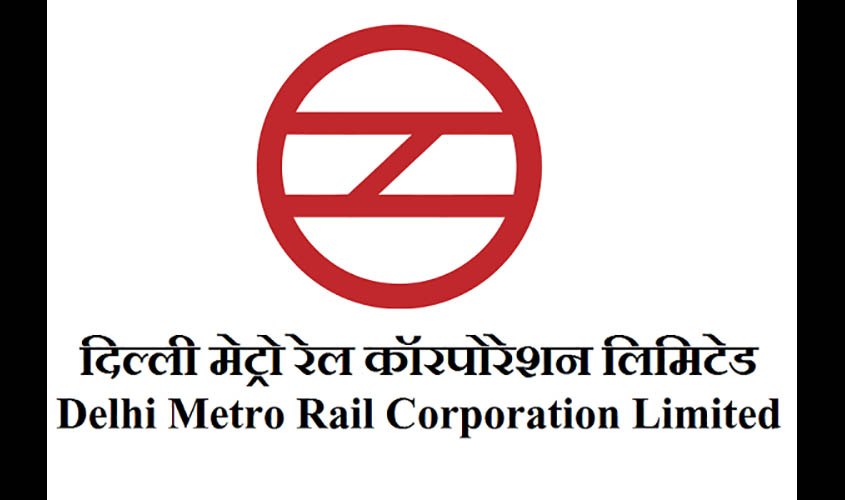All underground and elevated stations have been rated ‘Platinum’ by the Indian Green Building Council.
The Delhi Metro Rail Corporation’s (DMRC) Phase 3 metro line can boast of being eco-friendly with the inauguration of its Janakpuri West-Kalkaji Mandir section of the Magenta line that is scheduled to be opened to public on 29 May.
All underground and elevated stations from Janakpuri West till Nehru Enclave metro station, which is one station before Kalkaji Mandir, are “Platinum” rated by the Indian Green Building Council (IGBC). Other than the Magenta line, all the stations that were commissioned under DMRC Phase-III, which constitutes of 65 stations and three Receiving Sub Stations (RSS), too, have been rated “Platinum” by IGBC.
All these platinum-rated buildings are designed with specific provisions for the conservation of energy as well as better CO2 saving, water saving, waste management, energy management and optimised building design to reduce the size of station box that results in lesser use of construction materials.
Speaking to The Sunday Guardian, Tomojit Bhattacharjee, manager, corporate communications, DMRC, said, “DMRC has installed solar panels on every elevated metro station possible. As of now, we generate 20MW solar power that is used to meet our auxiliary requirements like running our offices on metro stations etc. Another important factor is the day-light friendly structure of metro stations that cuts down on the use of electricity. We have also tried to develop green belts and gardens wherever there was space around the metro station. Since the stations are not yet operational on the Magenta Line, we cannot give figures on how much electricity or water we saved.”
Bhattacharjee added, “A new factor about the ratings this time is that until now the certification for green structures was being done as per IGBC’s standard code, but this time a separate mechanism for metro rail structures was codified to rate metro buildings. This practice is common across the world where metro rail structures are evaluated based on parameters different from common building structures.” Metro rail in different cities, too, will now be evaluated on this new mechanism exclusively carved out for metro rail structures.
Being eco-friendly is not the only exclusive feature of the Magenta line. In terms of connectivity, Magenta line is exclusive in many ways. The Janakpuri West-Kalkaji Mandir stretch of the Magenta line will connect IT hub Nehru Place with Noida through the Nehru Enclave metro station. Magenta Line will also connect four major universities, namely Jamia Millia Islamia, Amity University, Jawaharlal Nehru University and Indian Institute of Technology, Delhi, which is why it is being termed as Delhi’s Knowledge Corridor. The Magenta Line will connect West Delhi, Ghaziabad, East Delhi and Central Delhi stations with domestic terminal of the Indira Gandhi International Airport, thus effectively reducing travel time.
In terms of engineering, the Magenta line will feature DMRC’s deepest metro station till date at Hauz Khas metro station which has been extended.

